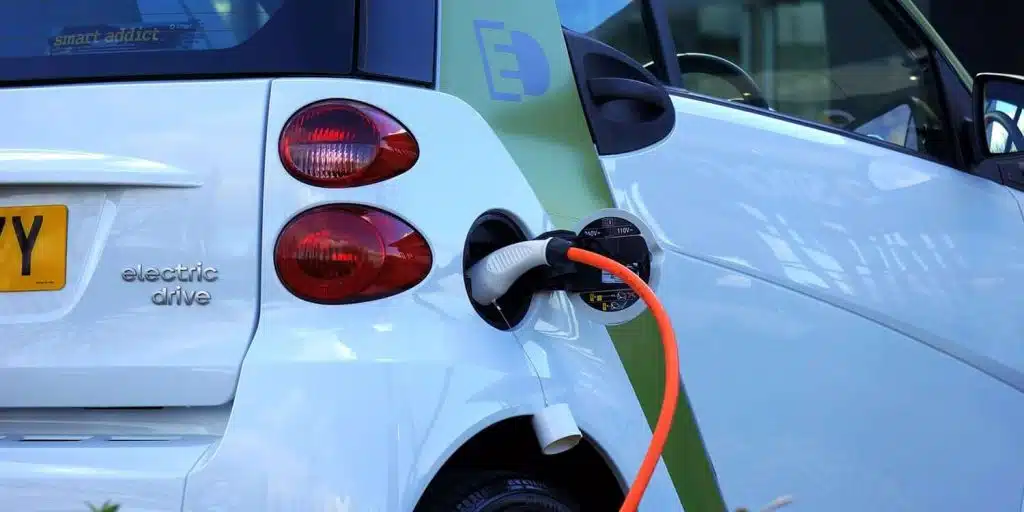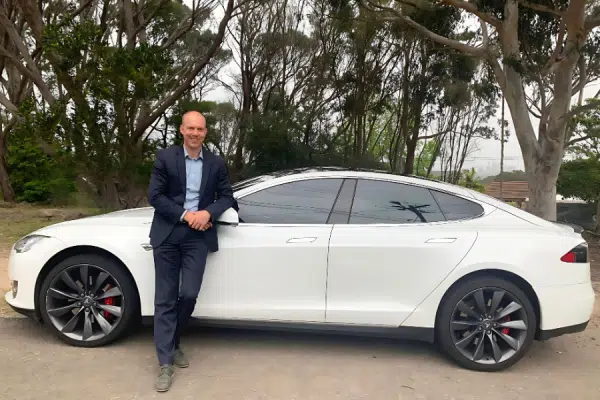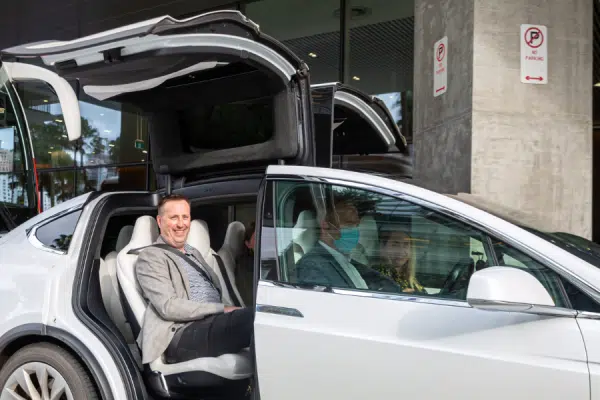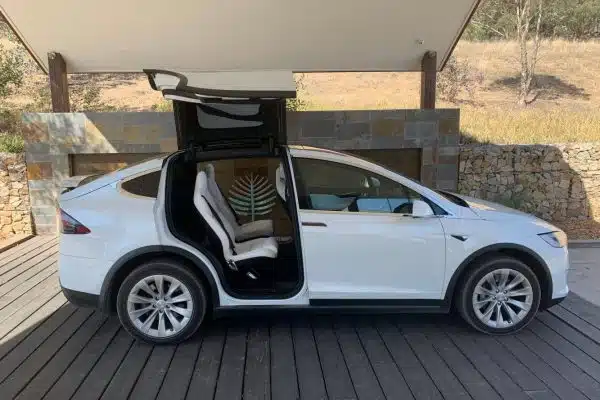At present, you probably wouldn’t consider purchasing an electric vehicle. Most likely, it hasn’t even been on your radar as an option. But our love affair with petrol and diesel vehicles may be under threat from both increased environmental concerns and rapidly evolving battery technology.
The term ‘EV’ is generally used rather loosely to cover both petrol/electric hybrids (PHEV’s) and vehicles using battery power only (BEV’s). When you see ‘electric vehicle’ or ‘EV’ in this article, it refers to those vehicles powered only by energy stored in the on-board battery and excludes hybrids.
Unlike motorists in many other developed countries, Australians have been slow to embrace electric vehicles. The tyranny of distance (so called ‘range anxiety’), luxury car tax, and local, state and federal governments less than enthusiastic about providing infrastructure and incentives are among the reasons. But that may soon change; battery technology is rapidly improving, less expensive vehicles with greater range are becoming available, and more manufacturers are entering the local electric vehicle market.
In the past, many buyers have been attracted to EV’s mainly by concerns for the environment and reducing emissions. However, electric vehicles have now graduated from this niche market to being a serious proposition for mainstream motorists. With few moving parts requiring service or replacement and no petrol bills, running cost are reduced to a fraction of their internal combustion engine counterparts. Costs would be even further reduced if government incentives were introduced similar to those available in Europe and North America.
The greatest concerns amongst potential EV buyers has been driving range and charging times. In reality, motorists will mostly use their EV for the daily commute or dropping the kids at school and top up the charge overnight. Charging at home can cost as little as $1 a day and charging stations are becoming more numerous in shopping centres, public carparks, hotels and other venues catering to visitors.
Longer trips and faster charging times have become less problematic for those who own EV’s with larger battery capacity like a Tesla. A string of fast chargers now exist from Adelaide all the way to Cairns providing charging rates of 250 to 500km/h. For more information on charging, see the Tesla Owners Club of Australia article Round Australia Electric Highway here.
Owning an EV doesn’t present the challenges it once did. Overwhelmingly, the EV owners we canvassed said they would never return to the dark days of the ‘gas guzzler’.
Here are some of the electric vehicles (BEV’s) already available in Australia and those you’re likely to see on dealer forecourts in the next few years.
Tesla
- Model S: Luxury sedan released in Australia December 2014. The following variants are currently available – 75D, 100D, and P100D
- Model X: Luxury SUV released in Australia mid 2016. The following variants are currently available – 75D, 100D, and P100D
- Model 3: Mid sized sedan expected to be available in Australia late 2019. Australian reservation holders and fleet buyers (including Revel Drive) were provided the opportunity to view the left-hand-drive version in September 2018. We will make a decision about adding the Model 3 to our fleet closer to the release date.
- Model Y: Few details available yet for this smaller cross-over SUV.
- Roadster: Almost 2,500 of the original Roadsters were manufactured before production ceased in 2012. The next generation Roadster is expected to be released in 2020 in the US and it’s claimed it will be the fastest production car ever built (0 – 100km/h in 2.1 seconds).
Jaguar
- I-PACE: Touted as Jaguar’s answer to the Tesla Model X, the I-PACE will be released in Australia in October 2018. Unlike the Tesla X, only one battery option will be available providing a range of 470km. Under consideration as an addition to our fleet, we’ll bring you a review of the I-PACE as soon as we’ve completed our test drives and evaluation.
- UPDATE: The price of the I-PACE is expected to be around $120,000 plus on road costs.
Hyundai
- IONIQ: South Korean manufacturer, Hyundai, will offer three variants of the IONIQ – a petrol hybrid, a plug-in hybrid, and a fully electric version. All three versions have undergone extensive testing in Australia and their public release is imminent with an expected price tag between $30,000 and $40,000. The all-electric version will have a range of around 200km, more than enough for the average daily commute.
- Kona: Based on the internal combustion engine Kona, the all-electric version will come with two battery sizes delivering a range of 312km and 480km respectively although it’s not yet clear if both options will be available in Australia. Deliveries are expected to commence in late 2018 with a price tag around $55,000, about the same as the base model Tesla 3.
Renault
- Zoe: Originally launched in Europe in 2012, the Zoe now supports an increased capacity battery pack providing a real-world driving range of up to 300km. The drive-away price is $51,000. Renault also offers the Kangoo, a small delivery van with a range of 200km.
BMW
- i3: On sale since 2015, the four-seater BMW i3 has been recently updated with extra battery capacity extending driving range to a claimed 200km. At around $70,000 plus on-road costs, it’s expensive and Hyundai represents a better value alternative.
Nissan
- LEAF: The second generation LEAF may be available in Australia some time in the first half of 2019. Nissan says they will release the Australian features and specs. for the new LEAF ‘soon’.
- UPDATE: Nissan released details in early October. The LEAF is expected to have a price tag of around $55,000 and a range of 270km.
Mercedes-Benz
- EQ: The German luxury car-marker unveiled its five-seat EQ series SUV in early September 2018. With an advertised range of 320km, the EQ is expected to arrive Down Under in 2020.
Audi
- e-tron: Another German car-maker, Audi, has unveiled the e-tron with an entry level price of US$75,000. Deliveries begin in the US in mid-2019 and it’s unclear when the e-tron will be available in Australia.
Kia
- Niro: Few details yet available but it is possible we will see the five-seat Niro compact utility vehicle (CUV) released in Australia in the near future.






